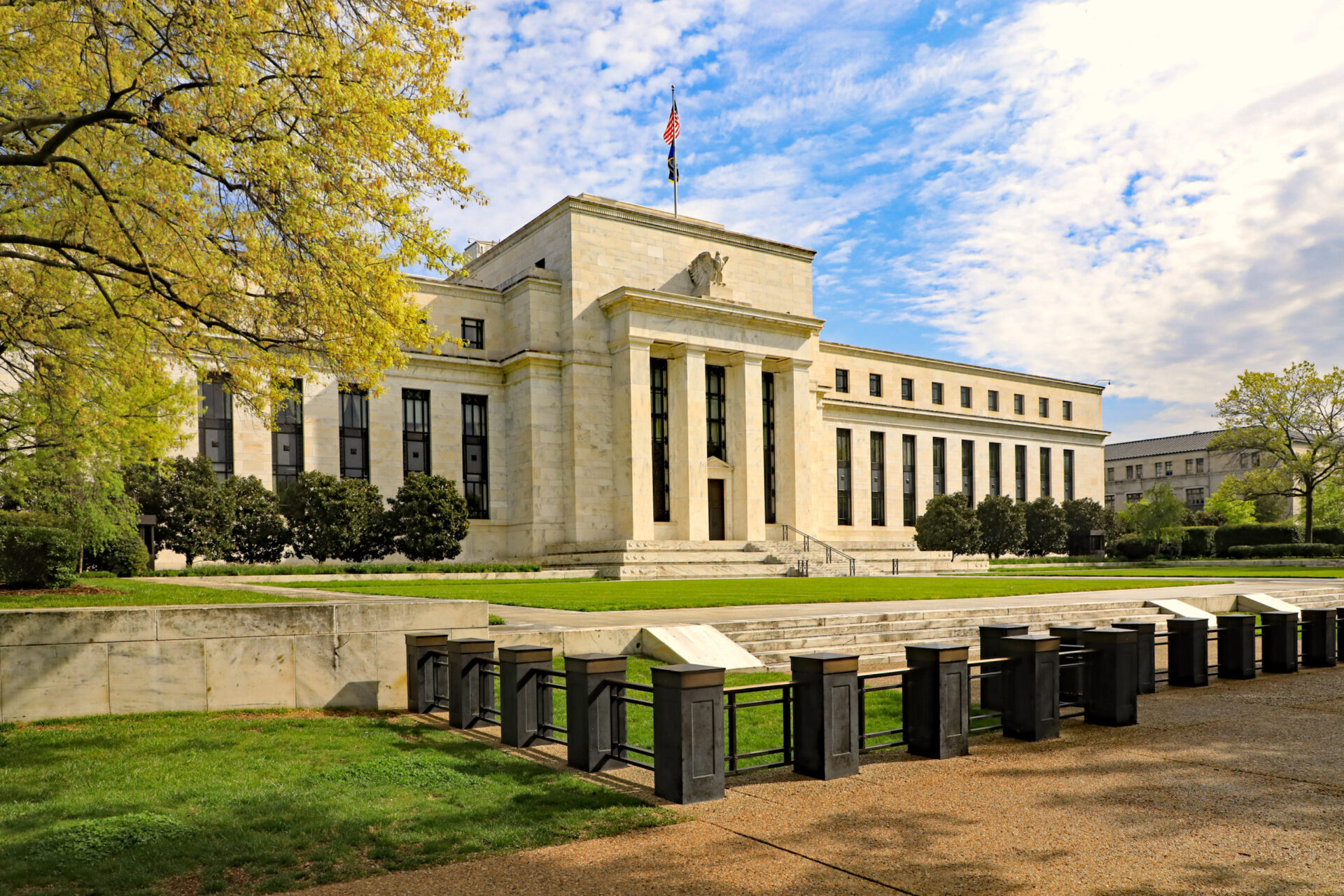Federal banking agencies on Monday urged lending institutions to use the Federal Reserve Discount Window, which helps commercial banks manage short-term liquidity needs.
In a statement, the Federal Reserve, the Federal Deposit Insurance Corporation, and the Office of the Comptroller of the Currency encouraged “depository institutions to use the discount window to meet demands for credit from households and businesses at this time.”
The agencies said, “By providing ready access to a backup source of funding, the discount window helps depository institutions manage their liquidity risks efficiently and avoid actions that have negative consequences for their customers, such as withdrawing credit during times of market stress. Thus, the discount window supports the smooth flow of credit to households and businesses.”
How does it work in practice? Investopedia explains:
The 2008 financial crisis saw the Fed’s discount window take on a central role in maintaining a semblance of financial stability. Lending periods were extended from overnight to 30 days, then 90. The rate was cut to within 0.25 percentage points of the federal funds rate; the spread had previously been 1 pp.
In October 2008, the month after Lehman Brothers’ collapse, banks borrowed $403.5 billion at the discount window; the previous recession had seen borrowing peak at $3.4 billion in September 2001.
Discount rates are listed here.
